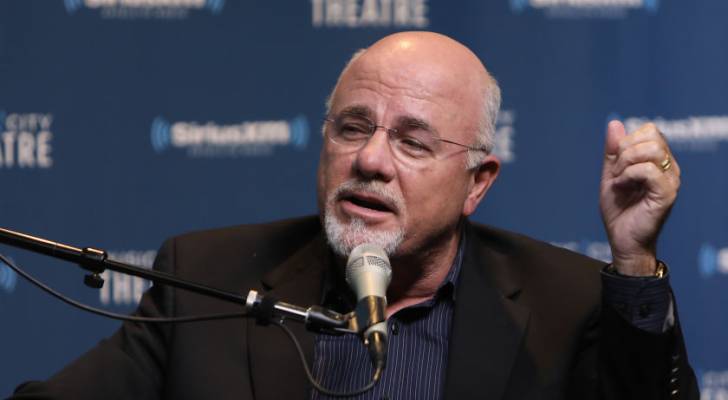How to put Dave Ramsey’s ‘7 Baby Steps’ into action
Moneywise and Yahoo Finance LLC may earn commission or revenue through links in the content below.
Breaking out of the debt cycle isn’t easy.
According to research by Empower, 37% of Americans can’t cover a $400 emergency expense without borrowing money or dipping into their savings. And a startling 145 million Americans have less than $1,000 in savings.
-
Thanks to Jeff Bezos, you can now become a landlord for as little as $100 — and no, you don't have to deal with tenants or fix freezers. Here's how
-
BlackRock CEO Larry Fink has an important message for the next wave of American retirees — here's how he says you can best weather the US retirement crisis
-
Nervous about the stock market in 2025? Find out how you can access this $1B private real estate fund (with as little as $10)
Advertisement: High Yield Savings Offers
Powered by Money.com - Yahoo may earn commission from the links above.So how do you beat debt and build wealth if you’re living paycheck to paycheck?
You may have already heard of Dave Ramsey’s 7 Baby Steps. The radio host and personal finance personality has popularized this step-by-step guide to take control of your money.
"It's not a fairy tale. Anyone can do it, and the plan works every single time,” according to Ramsey. “Many people have used the plan to ditch debt, increase wealth, and live and give like no one else.”
Whether it’s high-yield savings accounts or low-fee investment options, here are tools that can help you put Dave Ramsey’s 7 Baby Steps into action.
An emergency fund is a savings buffer set aside for unexpected expenses like home or car repairs – so you can avoid going into debt in case of an unplanned financial situation.
“Without an emergency fund, you are one car repair or medical bill away from financial disaster,” Ramsey noted.
But starting an emergency fund doesn't have to be overwhelming.
One of the easiest ways to kickstart your emergency fund is by automatically saving your spare change. Starting a new bank account and contributing any extra money can help grow your emergency fund over time.
Another smart way to grow your emergency fund is by reducing monthly expenses.
For instance, many people are overpaying for car insurance simply because they don't compare rates regularly.
OfficialCarInsurance.com makes it easy to compare quotes from leading insurers in your area, potentially saving you hundreds of dollars annually on premiums.
The process is 100% free and won’t affect your credit score. In just a few clicks, you could pay as little as $29 a month.
The money you save on lower insurance rates can go directly into your emergency fund, accelerating your progress toward financial security.
Latest News
- High Liner to buy Mrs. Paul’s, Van de Kamp’s seafood brands from Conagra
- US corporate defaults to rise on higher-for-longer funding costs, says Deutsche Bank
- Texas Pacific Land Corporation (TPL): A Bull Case Theory
- Tecnoglass Inc. (TGLS): A Bull Case Theory
- Analyst Report: Wells Fargo & Co.
- Tetra Pak reports significant emission reductions in FY24 Sustainability Report













